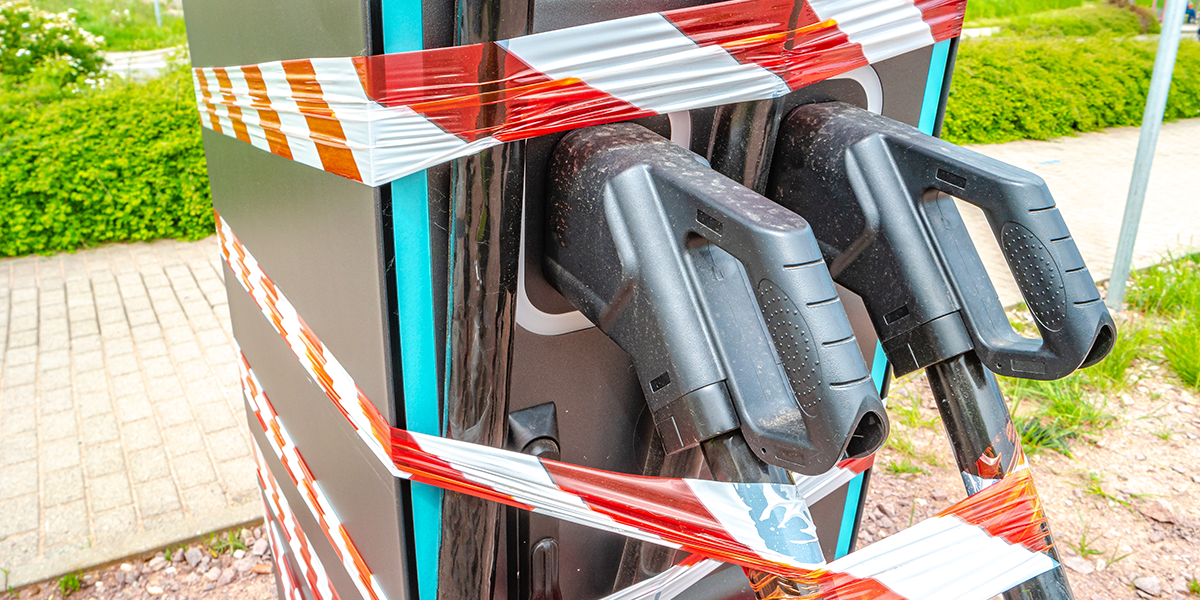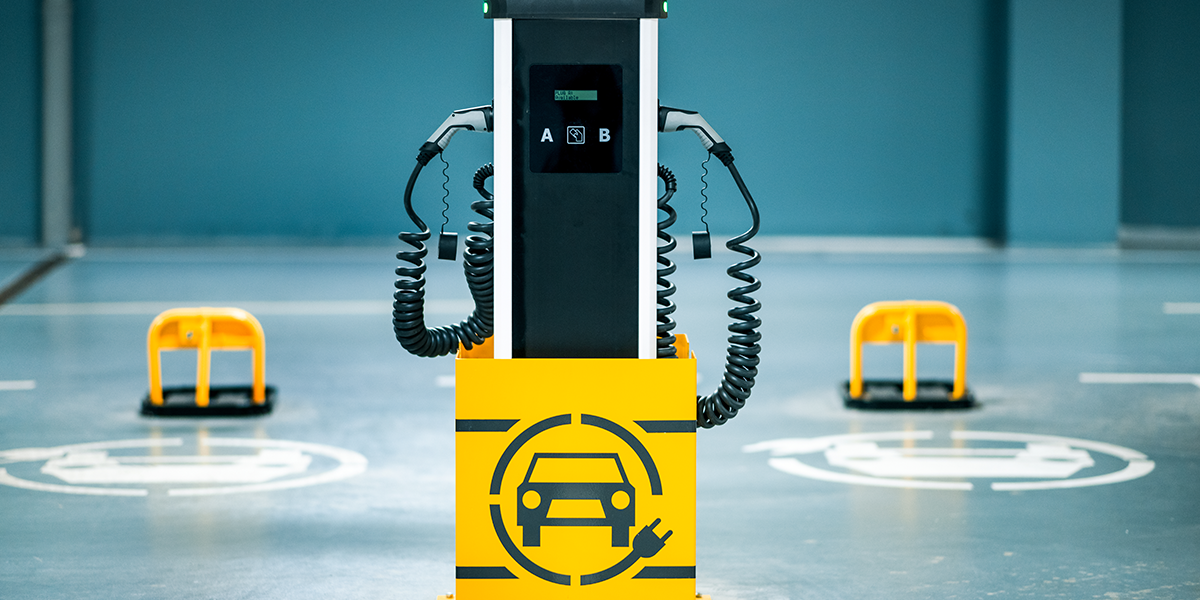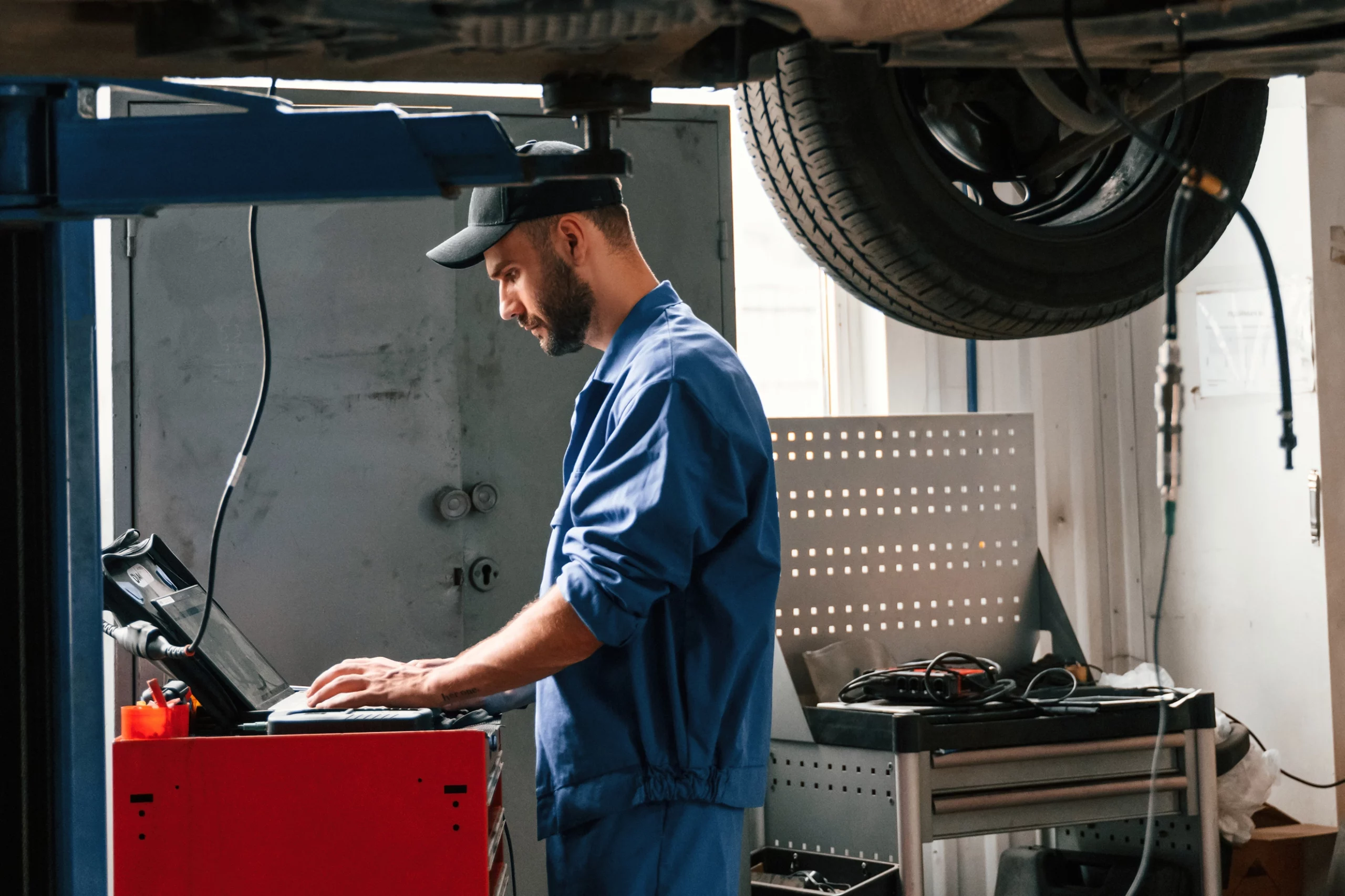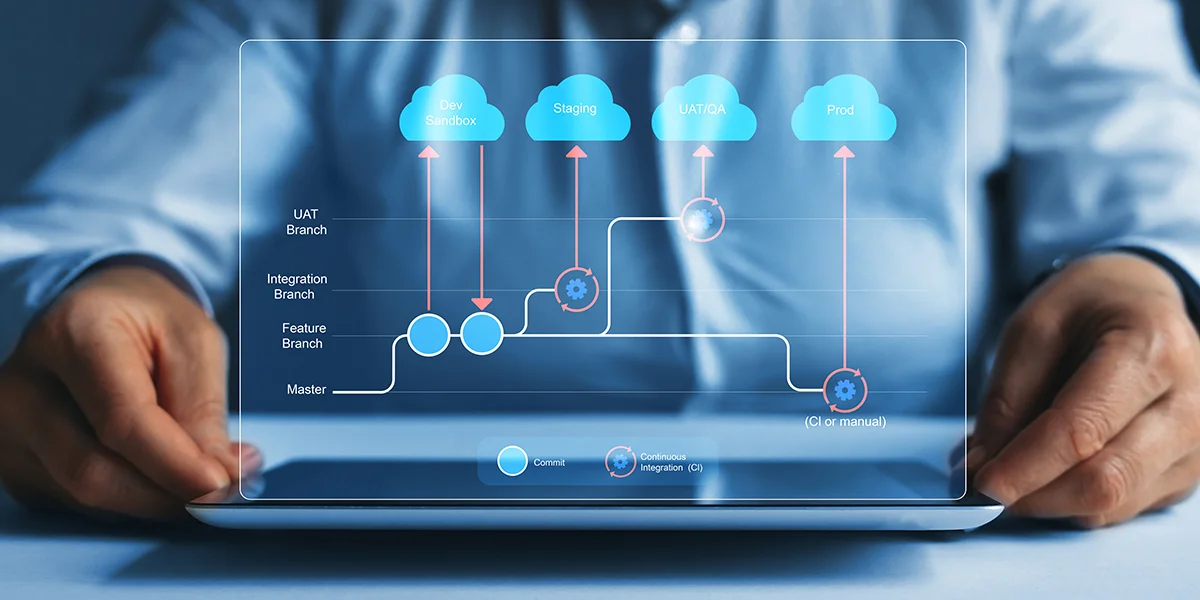Electrification Depends on EV Charger Uptime
EV charger uptime will play a key role in EV adoption rates and the EV owners experience. But as the transition toward electric vehicles gathers momentum, we hear very little about EV charger uptime. Innovation is the heartbeat of this revolution and represents more exciting talking points. From groundbreaking battery technology to daily advancements in range and efficiency, EV technology dominates the news cycle.
But what about the electric vehicle supply equipment (EVSE) and charging infrastructure behind it all? As we embrace greener modes of transportation, our strategies must acknowledge the critical role of public charging stations and EV charger uptime.
According to the U.S. Department of Energy, there were over 53,000 public charging stations in the country as of the end of 2022.
This is only the beginning.
Michigan Governor Gretchen Whitmer has called for the infrastructure to support 20 million EVs in her state by the year 2030. This would necessitate the installation and upkeep of 1.6 million chargers.
Electric vehicle growth hinges on the accessibility and reliability of its charging infrastructure.
According to the National Renewable Energy Laboratory, the 2030 National Charging Network report finds that “to support a mid-adoption scenario of 33 million EVs on the road by 2030, the nation will need 28 million charging ports.”
28 million charging stations—installed and maintained, with electricians trained and ready to service them whenever repairs are needed.
Clearly, demand is increasing on an exponential curve.
Electric vehicle growth hinges on the accessibility and reliability of its charging infrastructure.
Indeed, it’s one thing to make sure these charging stations are built and widespread. Service and maintenance represent the other half of the equation. And they’re every bit as important.
Ensuring EV CHARGER Uptime AND RELIABILITY
A recent Forbes article detailed driver frustration toward public EV charging stations. Many of these stations operate 24/7 year ’round. Constant use and extreme weather entail more frequent maintenance and a greater need to minimize downtime. The driving public has come to expect easy access to gasoline filling stations. For EV use to spread, the same must become true of ready-to-use electricity.
 EV charger uptime and reliability are about more than just fixing broken stations. Electricians will need to be trained and certified. They’ll be called to service a full range of OEM charging systems. This in turn requires easy access to product-specific service information. And they’ll need to be equipped for installation, inspections, software updates, and system diagnostics. All this will be required to prevent stations from breaking down in the first place.
EV charger uptime and reliability are about more than just fixing broken stations. Electricians will need to be trained and certified. They’ll be called to service a full range of OEM charging systems. This in turn requires easy access to product-specific service information. And they’ll need to be equipped for installation, inspections, software updates, and system diagnostics. All this will be required to prevent stations from breaking down in the first place.
Wearing and Tearing
Wear and tear is a real concern with public charging stations. Exposure to the elements and continuous usage take a significant toll over time. Regular inspection and timely repair will be vital to charge point longevity and reliability. Damaged connectors, faulty cables and worn out components are just a few of the issues already plaguing the nation’s charge points. Above all, a well-maintained charging station contributes to a positive user experience, reinforcing consumer confidence in the reliability of electric vehicles overall.
Cybersecurity and Software Updates
 As interconnected software becomes increasingly common, the charging infrastructure’s cybersecurity poses an additional concern. Most people think of cybersecurity in terms of banking, company networks, and personal computers, but public charging stations are just as vulnerable—money and electricity always being prime targets for nefarious actors.
As interconnected software becomes increasingly common, the charging infrastructure’s cybersecurity poses an additional concern. Most people think of cybersecurity in terms of banking, company networks, and personal computers, but public charging stations are just as vulnerable—money and electricity always being prime targets for nefarious actors.
Regular software updates and security audits offer the best defense against potential threats. Similar to the OS updates required in personal computing, this demands active upkeep and some level of vigilance. A secure, up-to-date charging network protects user data and ensures the uptime of our EV charging ecosystem.
The Human Element
As demand grows, so will the need for a trained workforce to get the job done. As everyone knows, there are fewer and fewer technicians in the field. Labor shortages in many adjacent fields make recruitment even more difficult.
We need to create an ecosystem that better serves EV charger uptimes by supporting charge point operators, charger OEMs, contractors and end users.
To complicate matters further, there is a wide array of charging station manufacturers, each with their own unique set up and maintenance needs. The EVSE electrician of the future will not be able to focus on just one type of station from one manufacturer—they’ll need access to more documentation and training than ever before.
Fortunately, there are possible solutions that address both the personnel shortage and the growing maintenance needs of the entire charging network. The answer lies in developing integrated technology ecosystems that focus on the entire process from start to finish.
That means:
 Creating open collaboration platforms to allow seamless communication between all parties involved
Creating open collaboration platforms to allow seamless communication between all parties involved- Easy access to better training and service documentation
- Interactive troubleshooting and error code descriptions
- Improved logistics, with easier request, dispatch, scheduling and workflow efficiency for all service requests
- Service tracking for clients, maps for electric contractors and metrics for charge point operators
In other words, it means building a technological ecosystem that better serves EV charger uptimes by supporting charge point operators, charger OEMs, electrical contractors and end users.
Going Forward
By recognizing the symbiotic relationship between infrastructure development and ongoing upkeep, we can lay the groundwork for a reliable, efficient, and sustainable electric transportation network, driving us closer to a cleaner and greener future. These challenges must be addressed before electric vehicles can be fully integrated in our society. How soon is now?




